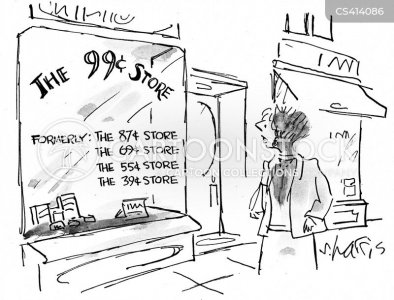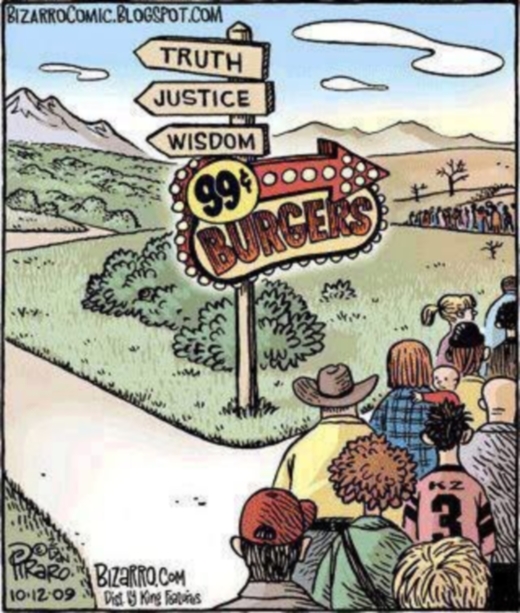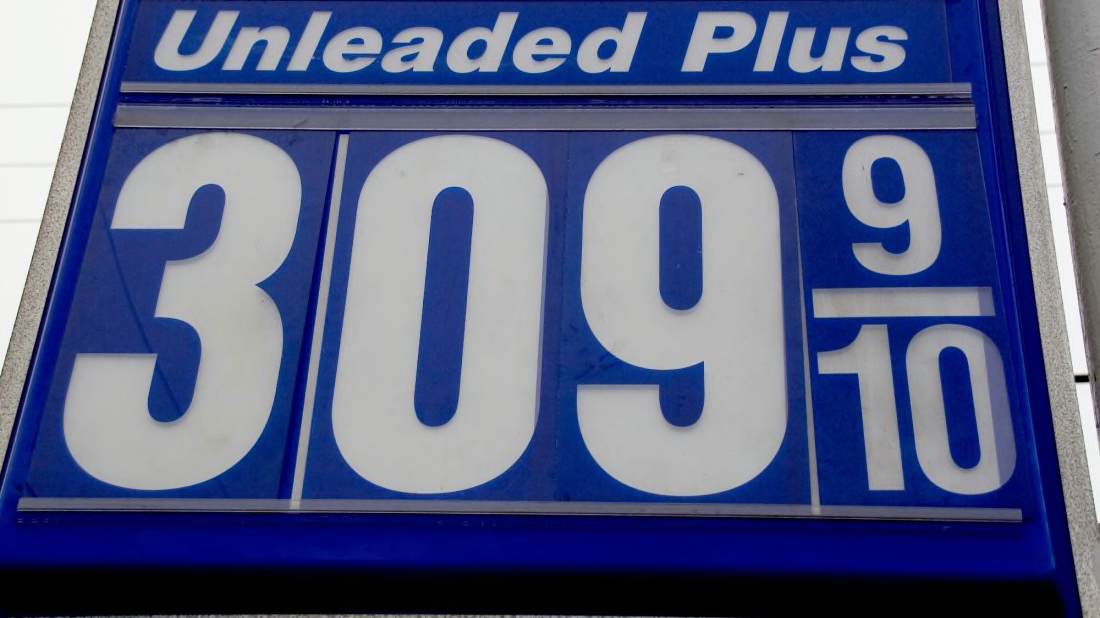https://www.livescience.com/33045-why-do-most-prices-end-in-99-cents-.html


"It may seem silly to price items one cent short of a solid dollar especially when taxes will make the overall cost more than a dollar anyway but the pricing tactic has been around for at least a century, according to Lee E. Hibbett, an associate professor of marketing at Freed-Hardeman University in Henderson, Tenn. Historians can't pinpoint who established the trick, but consumer behavior experts can definitely explain why it helps move more goods".
"Ending a price in .99 is based on the theory that, because we read from left to right, the first digit of the price resonates with us the most, Hibbett explained. That's why shoppers are more likely to buy a product for $4.99 than an identical one for $5 the item that starts with a 4 just seems like a better deal than the one that starts with 5".
"We also tend to attempt to reduce the amount of effort expended on making product decisions, especially with lower-cost items," Hibbett told Life's Little Mysteries. "So we may not really process the numbers after the dollar amount."
"Additionally, the .99 alone serves to make an item appear to be on sale, according to the article "Mind Your Pricing Cues," published in the September 2003 issue of the Harvard Business Review. Price-conscious consumers have become conditioned to believe that they are getting a good deal when they buy something with a price ending in .99 even if the markdown is minimal".
"Some retailers do reserve prices that end in 9 for their discounted items. Comparisons of prices at major department stores reveal that this is common, particularly for apparel," wrote Eric Anderson, professor of marketing at Northwestern University's Kellogg School of Management, and Duncan Simester, professor of management science at M.I.T.'s Sloan School of Management, in their article".
"For instance, the clothing stores J. Crew and Ralph Lauren typically price regular merchandise in whole dollar amounts and stick 99-cent endings on discounted items. These retailers purposely avoid ending their regular prices in .99 so that consumers won't associate the items with cheap deals. By contrast, stores attempting to project an image of selling underpriced goods will make it a point to end all their items' tags regularly priced and discounted alike in .99".
"The power of "9" isn't restricted to the cents column, as Anderson and Simester illustrated by asking a national clothing catalog to increase the price of one of its dresses. "You'd generally expect demand for an item to go down as the price goes up," Anderson and Simester wrote. "Yet in our study involving the women's clothing catalog, we were able to increase demand by a third by raising the price of a dress from $34 to $39. By comparison, changing the price from $34 to $44 yielded no difference in demand."


"It may seem silly to price items one cent short of a solid dollar especially when taxes will make the overall cost more than a dollar anyway but the pricing tactic has been around for at least a century, according to Lee E. Hibbett, an associate professor of marketing at Freed-Hardeman University in Henderson, Tenn. Historians can't pinpoint who established the trick, but consumer behavior experts can definitely explain why it helps move more goods".
"Ending a price in .99 is based on the theory that, because we read from left to right, the first digit of the price resonates with us the most, Hibbett explained. That's why shoppers are more likely to buy a product for $4.99 than an identical one for $5 the item that starts with a 4 just seems like a better deal than the one that starts with 5".
"We also tend to attempt to reduce the amount of effort expended on making product decisions, especially with lower-cost items," Hibbett told Life's Little Mysteries. "So we may not really process the numbers after the dollar amount."
"Additionally, the .99 alone serves to make an item appear to be on sale, according to the article "Mind Your Pricing Cues," published in the September 2003 issue of the Harvard Business Review. Price-conscious consumers have become conditioned to believe that they are getting a good deal when they buy something with a price ending in .99 even if the markdown is minimal".
"Some retailers do reserve prices that end in 9 for their discounted items. Comparisons of prices at major department stores reveal that this is common, particularly for apparel," wrote Eric Anderson, professor of marketing at Northwestern University's Kellogg School of Management, and Duncan Simester, professor of management science at M.I.T.'s Sloan School of Management, in their article".
"For instance, the clothing stores J. Crew and Ralph Lauren typically price regular merchandise in whole dollar amounts and stick 99-cent endings on discounted items. These retailers purposely avoid ending their regular prices in .99 so that consumers won't associate the items with cheap deals. By contrast, stores attempting to project an image of selling underpriced goods will make it a point to end all their items' tags regularly priced and discounted alike in .99".
"The power of "9" isn't restricted to the cents column, as Anderson and Simester illustrated by asking a national clothing catalog to increase the price of one of its dresses. "You'd generally expect demand for an item to go down as the price goes up," Anderson and Simester wrote. "Yet in our study involving the women's clothing catalog, we were able to increase demand by a third by raising the price of a dress from $34 to $39. By comparison, changing the price from $34 to $44 yielded no difference in demand."









